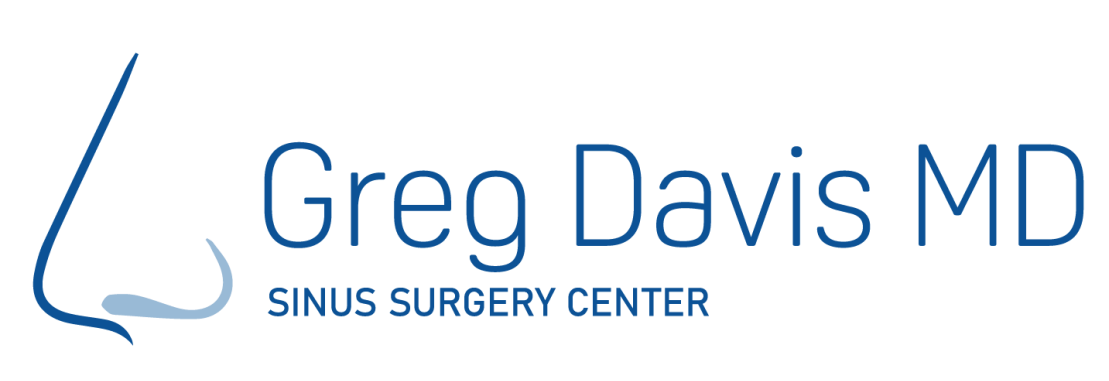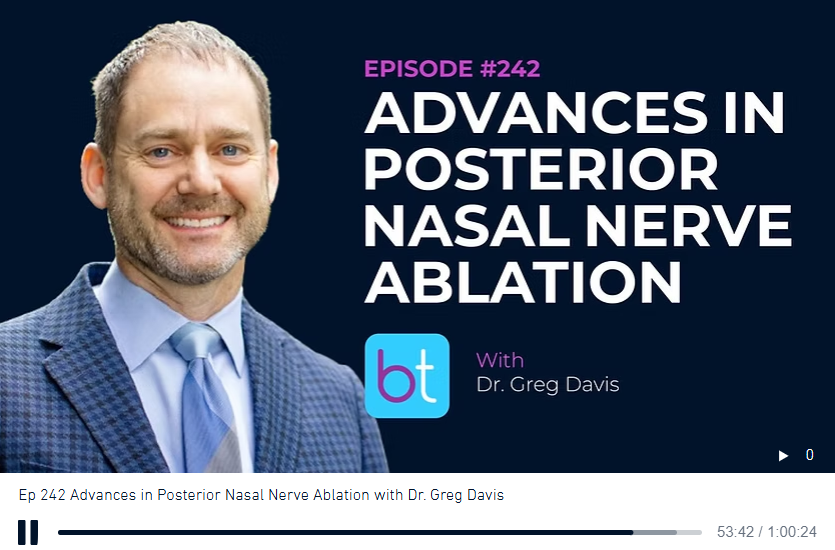Revision sinus surgery can feel daunting when you’ve already undergone sinus surgery before and are dealing with recurring symptoms. However, with proper care, understanding, and the right recovery strategies, you can speed up your healing process and improve your sinus health effectively. In this blog, we’ll walk through practical tips on how to recover quickly from revision sinus surgery, share some important facts, and help you understand what to expect.
What is Revision Sinus Surgery?
Revision sinus surgery refers to a follow-up surgical procedure performed when initial sinus surgery has not fully resolved the underlying sinus issues or when symptoms reappear. These symptoms may include nasal congestion, facial pain, chronic sinus infections, or breathing difficulties.
Approximately 10-15% of patients who undergo sinus surgery eventually require revision surgery due to persistent or recurring sinus problems. This second surgery often addresses scar tissue formation, blockages, or anatomical changes that were not fully corrected during the first operation
Why Recovery Might Differ from the First Surgery
Revision sinus surgery can be more complex than the initial procedure because of factors like:
- Scar tissue from the first surgery
- Altered nasal anatomy
- Increased inflammation
These factors may cause a longer healing period or require more careful postoperative care to minimize complications. Understanding this helps set realistic expectations for your recovery timeline.
Proven Tips to Speed Up Recovery After Revision Sinus Surgery
1. Follow Your Doctor’s Postoperative Instructions Precisely
Your sinus and nasal specialist will provide detailed instructions about medications (antibiotics, steroids), nasal rinses, activity limitations, and wound care. Strictly following these guidelines is crucial to avoid infections and promote smooth healing.
2. Practice Regular Nasal Irrigation
Using saline nasal sprays or rinses multiple times per day helps flush out mucus, reduce nasal swelling, and prevent crusting inside the nasal passages. Research shows that patients who consistently perform nasal irrigation after sinus surgery experience faster symptom relief and better overall recovery.
3. Manage Pain and Swelling Proactively
Take prescribed pain medications as directed and use cold compresses on your face to reduce swelling. Early pain control enhances comfort, reduces stress on your body, and supports better sleep—all vital for healing.
4. Balance Rest with Gentle Activity
While resting during the first 3-5 days is essential, light walking can improve blood circulation and lower the risk of blood clots. Avoid heavy lifting, bending over, or strenuous activities for at least 2-3 weeks (or as advised), since these can increase pressure and cause bleeding.
5. Elevate Your Head During Sleep
Sleeping with your head elevated at a 30- to 45-degree angle decreases postoperative swelling and helps mucus drain properly from your sinuses, aiding in a quicker recovery.
6. Avoid Environmental Irritants
Stay away from smoking, secondhand smoke, dust, strong odors, air pollution, and chemical fumes during recovery. These irritants can worsen inflammation and delay healing by irritating your delicate nasal tissues.
7. Keep All Scheduled Follow-Up Appointments
Your surgeon will want to monitor your healing progress closely. Follow-up visits often include gentle cleaning of the nasal cavities to remove crusts and prevent blockage, which is key to preventing complications and ensuring long-term success.
What to Expect During Recovery
- First Few Days: Expect mild pain, nasal congestion, minor bleeding, or drainage. Use nasal rinses and medications as instructed.
- First Two Weeks: Swelling should gradually decrease; nasal passages begin to clear up with consistent rinsing.
- Up to Three Months: Complete healing can take several weeks to months. Some mild symptoms like occasional congestion may persist but should steadily improve.
When to Contact Your Doctor Immediately
Seek urgent medical care if you experience:
- Heavy or uncontrolled nosebleeds
- Severe pain not relieved by prescribed medication
- Fever above 101°F (38.3°C)
- Sudden vision changes or eye pain
- Signs of infection such as excessive swelling or redness
Top Sinus Surgery Doctor in Washington
If you need a sinus surgery specialist in Seattle, Washington, Dr. Greg Davis is a great choice. He has a lot of experience in ear, nose, and throat (ENT) care and is known for being one of the best doctors in the area. Dr. Davis takes the time to create treatment plans that fit each patient’s needs and understands even the most complicated sinus problems. Many patients trust him because he cares deeply and has helped many people find relief from long-term sinus issues. To book an appointment, call 253-770-9000 or fill out the contact form online.



